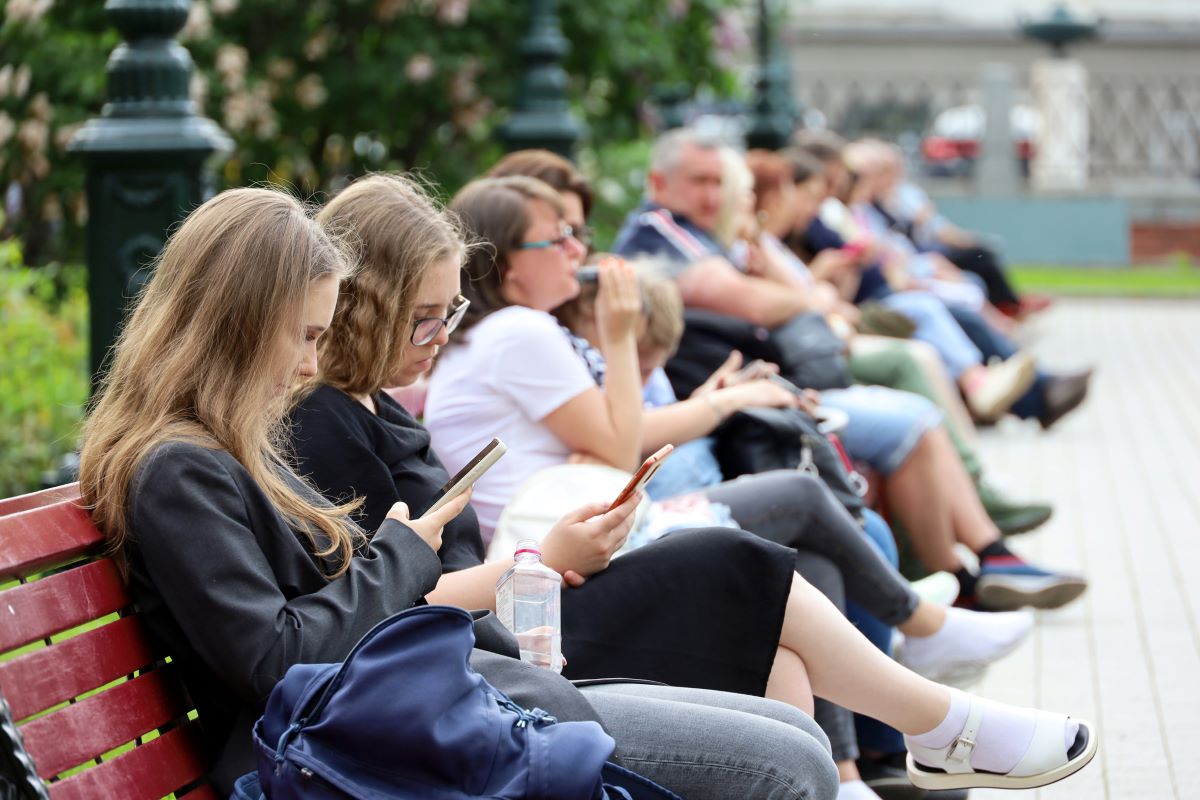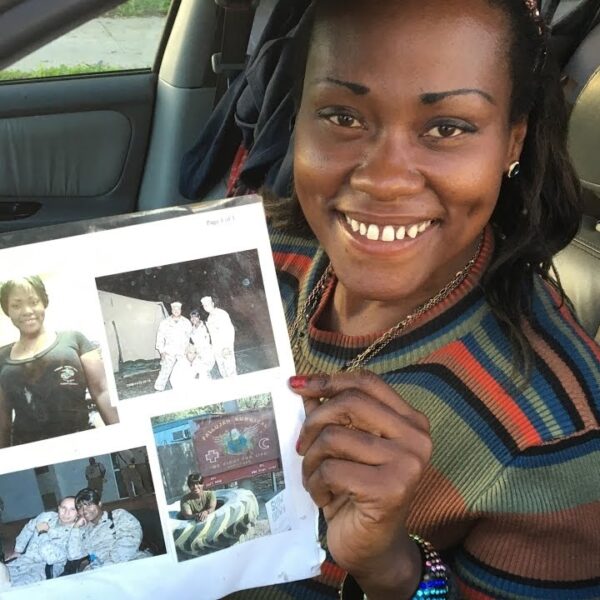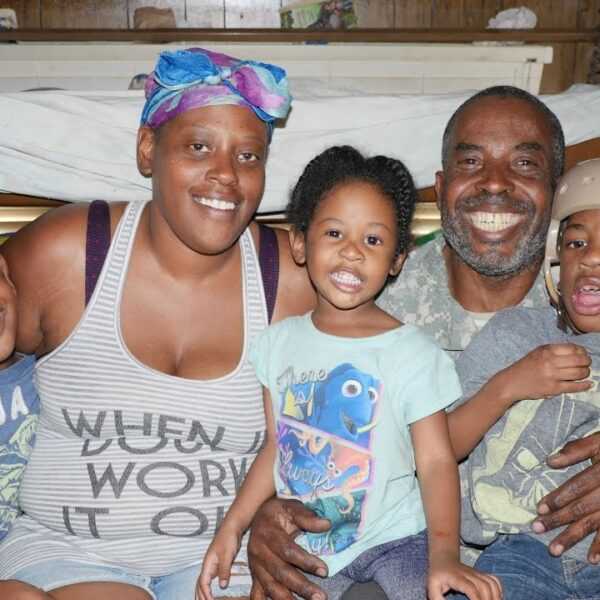Across the country, the ever-growing homeless crisis is being exacerbated by misinformation in the mainstream media.
According to the latest data, there are more homeless people in the United States right now than during any other calendar year on record. This translates to millions of people becoming homeless each year and more than 650,000 people being identified as homeless on any given night. This is a stark reality of modern life by all counts, even undercounts.
But a more profound story is being told once you look past the statistics and scan the city streets. These are not just numbers crunched in a computer system circling through cyberspace. Instead, these numbers represent real people in unfathomable circumstances.
As you read this, people are living out their lives in tents, scrambling to survive in the sewers beneath our cities, washing up in motel rooms and local gyms, shuffling their children through the shelter system, and eventually losing them to it. How did we get here? Why can’t we end this horrifying cycle?
At this point, you might be thinking some political corruption is afoot. Perhaps you’ve considered toxic consumerism, the lack of affordable housing, inflation, layoffs, and mass wage stagnation.
All of these are key components in causing the homeless crisis. Still, when it comes to fueling the homeless crisis, perpetuating the vicious cycle, and turning this completely solvable problem into an overly complicated puzzle to which there is no end, there is but one culprit: misinformation.
Subscribe for Exclusive Access to Our Misinformation Series
Misinformation in Media: What You Don’t Understand Can Hurt You
Studies show that mainstream media plays a pivotal role in shaping the opinions we form about marginalized groups, such as members of the homeless population. A whopping 79% of all Americans base their opinion of homelessness on what they see in the streets or on the news.
Unfortunately, when it comes to covering the homeless crisis, mainstream media has fallen down on their job of distributing unbiased and useful information. Oftentimes, when readers set out to research the homeless crisis and gain a better understanding of the situation at hand, they are inundated with misinformation. So, what does that look like?
Definition and Types of Misinformation
Misinformation is defined as “false or inaccurate information, especially that which is deliberately intended to deceive.”
This kind of information can be difficult to identify, especially when it is distributed by a seemingly neutral source like a news team, a popular website, or your favorite TV show. Here are some common types of misinformation you might have come across in your daily life:
Fabricated content
These are completely untrue statements. Sometimes, they appear as breaking news and then are quietly corrected later once the majority of viewers have moved past the story.
A great example of this phenomenon occurred back in April when a San Francisco official was spraying homeless people with bear spray and then viciously attacking them. When the story initially broke, mainstream media inaccurately reported that the homeless person was the attacker. This statement supports the mainstream biased opinion that homeless people are violent and criminals.
By the time the error was corrected, the damage to the homeless community’s reputation had already been done.
Misleading or manipulated content
This happens much more frequently. Mainstream media will take a piece of truth and then manipulate it to imply that something false is true.
Examples of this can be found in the ever-rolling online footage of a particularly drug-ridden street in Kensington, Philadelphia. This footage is often shown when newspeople speak about the homeless crisis.
The reason this is misleading is that while some homeless people are addicted to drugs, most people become homeless because they can’t afford housing. Footage of a drug-flooded street used to demonstrate homelessness creates an inaccurate depiction and a subliminal association in the mind that makes viewers correlate homelessness more with drug addiction and less with housing, while the inverse is the actual truth. These distorted thoughts then become public opinions, which are used to shape legislative policies.
Have you ever wondered why none of the laws we pass are putting a dent in the homeless crisis? This is why.
Impact on Homeless Individuals: Why Misinforming the Masses Leads to Legislative Disasters
It is difficult to solve a problem when your focus is on the wrong details.
Think of it like this. Imagine you are blindfolded and walking through a tunnel. Beside you is a guide who is feeding you information about your surroundings.
There is a wall just a few feet ahead of you that you will eventually run into if you don’t know it’s there. But your guide keeps redirecting your attention, telling you all about the tiny flowers that are sprouting up on either side of the tunnel, talking endlessly about the kind of metal that the tunnel was constructed of, and never giving you the crucial detail that you are about to walk smack into a wall.
This is how misinformation hurts homeless people.
Subscribe for Exclusive Access to Our Misinformation Series
When mainstream media hones in on the wrong details, redirecting attention away from the housing crisis that is causing the homeless crisis, members of the homeless community suffer in the following ways:
- They become stigmatized
- They are misunderstood by their peers
- They are discriminated against
- This combination of stigmatization and discrimination hinders access to the services they need to get out of homelessness
- The cycle continues perpetually as we take in more media and more misinformation
Consequences of Misinformation: Housed People are Exposed to and At Elevated Risk of Homelessness
As a direct result of this misleading content being churned out through the mainstream media, homeless people suffer. Housed people suffer, too.
They vote for policies that promise change, but, in the end, the change is temporary at best. At worst, the change is merely an illusion. This is because these policies are rooted in misinformation. They do not address the actual issue, which is the lack of affordable housing. Instead, they zero in on the possible personality flaws of our unhoused neighbors across the nation, insinuating that their homelessness is their fault.
This lie is a dangerous one for them and you. If we are not preventing homelessness by rectifying the problems that are causing the crisis, what will prevent you from witnessing even more homelessness or perhaps even experiencing it first-hand?
Think about all of the recently passed laws to allegedly address the homeless crisis. Hundreds of pieces of legislation floating around make it illegal for people enduring homelessness to engage in life-sustaining actions like:
- Eating
- Sitting
- Sleeping
- Lying down
This is because mainstream media has vilified the victims of the homeless crisis, amplifying negative stereotypes across a wide variety of media channels and opening up the floodgates of hate and discrimination.
Media influences public opinion, distorting it beyond repair. This distorted perception then gives way to harmful, ineffective legislative policies voted in by the people who’ve been intentionally misinformed.
In the end, what we wind up with is a homeless epidemic that claims 20 lives a day, an ever-growing prison population, a crippled healthcare and justice system, and, of course, the skyrocketing rental rates and housing prices that got us in this bind, to begin with.
Now is the time to take action against misinformation in the media.
Be the first to access our exclusive Misinformation Series by signing up for our newsletter today. Learn how fact-checking is important, explore the best ways to shape a more accurate narrative, and find out how to identify misleading information. Don’t miss out on Misinformation Series installments – subscribe to our newsletter for direct delivery to your inbox!













